2025 Интерпретация отраслевого стандарта: Как фабрика-изготовитель одежды для фигуры может возглавить направление ветра качества?
В эпоху стремления к красоте и здоровью корректирующая одежда превратилась из простого инструмента для коррекции фигуры в комплексный продукт, сочетающий в себе технологии, комфорт и моду.
In the current era of pursuing health and beauty, shapewear has evolved from a mere shaping tool to a comprehensive product that combines technology, comfort, and fashion. In 2025, the shapewear industry will continue to thrive globally, with a steady expansion of the market size. According to authoritative data, the global shapewear market size reached 17.945 billion yuan in 2024, and is expected to climb to 26.702 billion yuan in 2030, with a compound annual growth rate of about 6.85%. In this context, as the shapewear source factory , the foundation of the industry, how to accurately grasp the changes in industry standards and lead the quality upgrade has become the key to shape the competitiveness of the market.
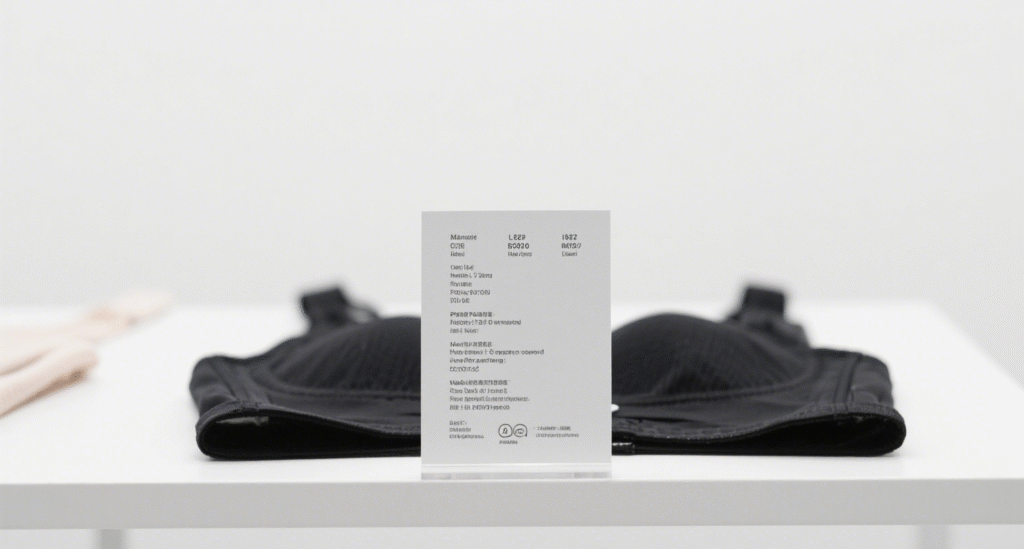
1.Major changes and core contents of 2025 shapewear industry standard
1.1 Comprehensive upgrade of safety performance requirements
The safety performance requirements of 2025 shapewear industry standard have reached a new height. At the raw material level, the use of fabrics containing harmful chemicals, such as formaldehyde and azo dyes, is strictly prohibited. Through the establishment of a strict raw material access mechanism, the potential threat of harmful substances to consumer health is eliminated at the source, and a solid line of defense is built for the safety of consumers.
1.2 Standardization and refinement of product labeling
The new regulations make significant adjustments in product labeling. In addition to the conventional size, material composition and other information, it also requires a detailed description of the product’s shaping function, applicable scenarios, washing and maintenance methods. This change is aimed at solving the problem of asymmetric consumer information, helping consumers to understand the product more comprehensively and make purchase decisions that better meet their needs.The Impact of Changes in Industry Standards on the Shapewear Market
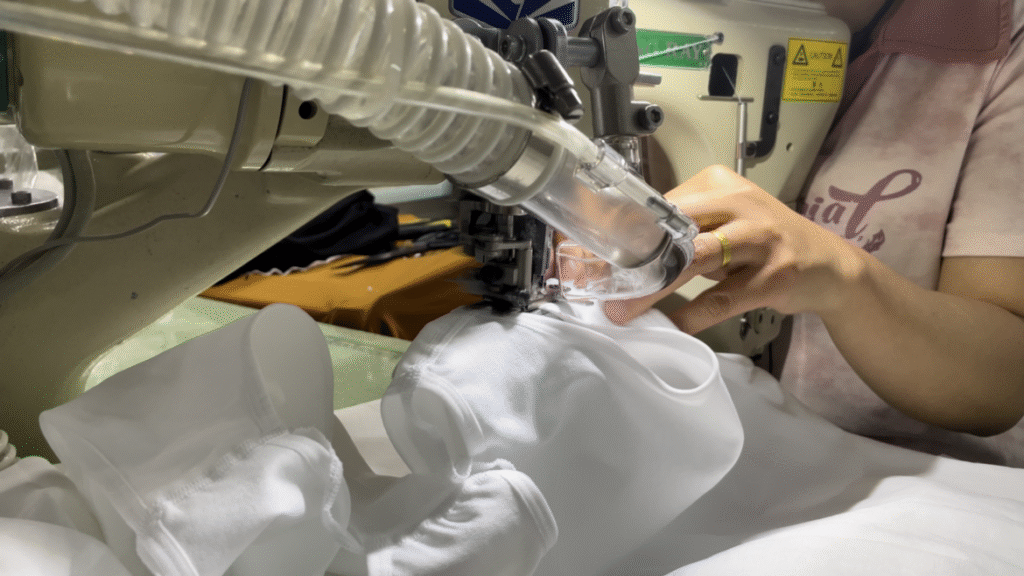
2.1 Reshaping of Market Competition Pattern
The implementation of the new standards has significantly raised the industry threshold. Small enterprises with backward technology and unable to meet the standard requirements will be gradually eliminated from the market, while large enterprises with R&D strength, production capacity and quality control system will gain more market share. This will promote the industry pattern to the direction of centralization and standardization, creating a broader development space for high-quality enterprises.
2.2 Double enhancement of consumer rights and awareness
With the strict implementation of the standard, the quality of shapewear products on the market has been greatly improved, and consumers are able to buy safer, more comfortable products with good shaping effect, and their rights and interests are better protected. At the same time, consumers’ brand awareness and loyalty have also changed, and they are more inclined to choose brands that meet high standards and have a good reputation, prompting enterprises to pay more attention to brand building and product quality improvement.
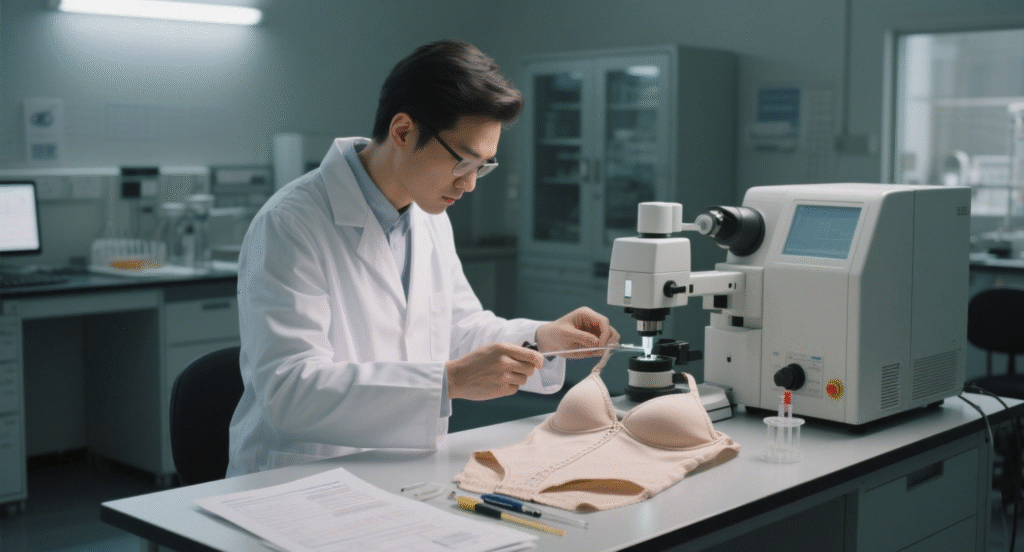
3.Advantages and Challenges of Source Factories in Responding to Changes in Standards
Strong R&D, Production and Cost Control Advantages: With years of deep plowing in the industry, the shapewear source factories of have accumulated rich technical experience and professional talent resources, and are able to respond quickly to changes in the standards and invest in research and development efforts to develop products that meet the new standards. In terms of raw material procurement, it can directly cooperate with high-quality suppliers to ensure the quality of materials; the production link can flexibly adjust the process and flow; the mass production mode gives it the cost control advantage and can provide more competitive product prices.
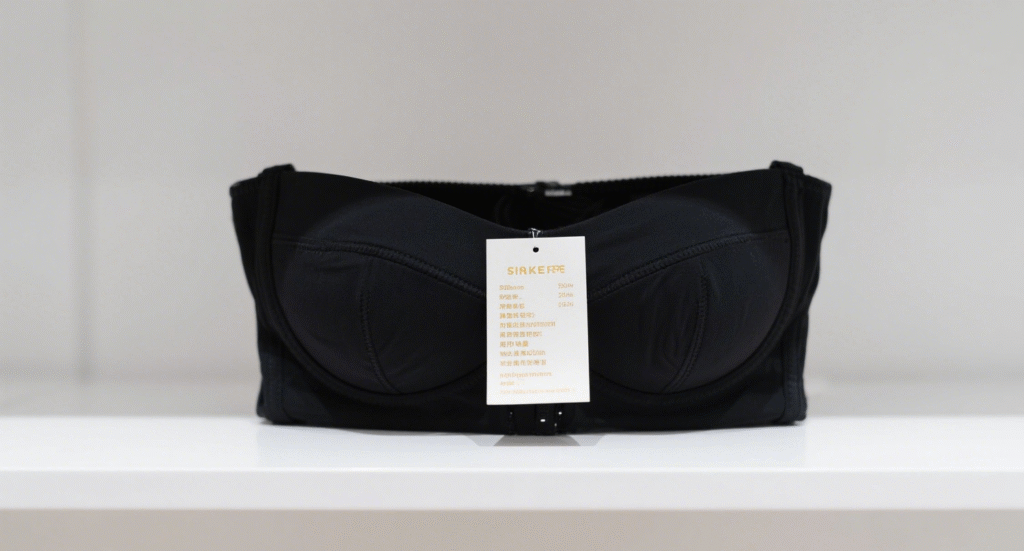
4.Strategies and Practices of Shapewear Source Factory to Lead the Quality Trend
4.1 Strict Supplier Management to Guarantee the Quality of Raw Materials
The factory has established a strict supplier screening and management system and signed long-term cooperation agreements with high-quality suppliers. Meanwhile, the factory strengthens the testing of raw materials, introduces advanced testing equipments and technologies, conducts comprehensive testing on each batch of raw materials, and prioritizes the use of high quality fabrics such as anti-bacteria, breathable, and environmental protection, so as to lay the foundation for the production of high-quality products.
4.2 Advanced technology and process optimization to improve product quality
The factory actively introduces advanced production equipment and technology, and upgrades and remodels the traditional process. It adopts 3D three-dimensional cutting technology to fit the human body curves, applies seamless technology to reduce splicing seams, optimizes the production process and strengthens quality control to ensure stable and consistent product quality. Through these initiatives, an industry-leading factory has realized quality upgrading and market expansion, and its products are exported both at home and abroad.
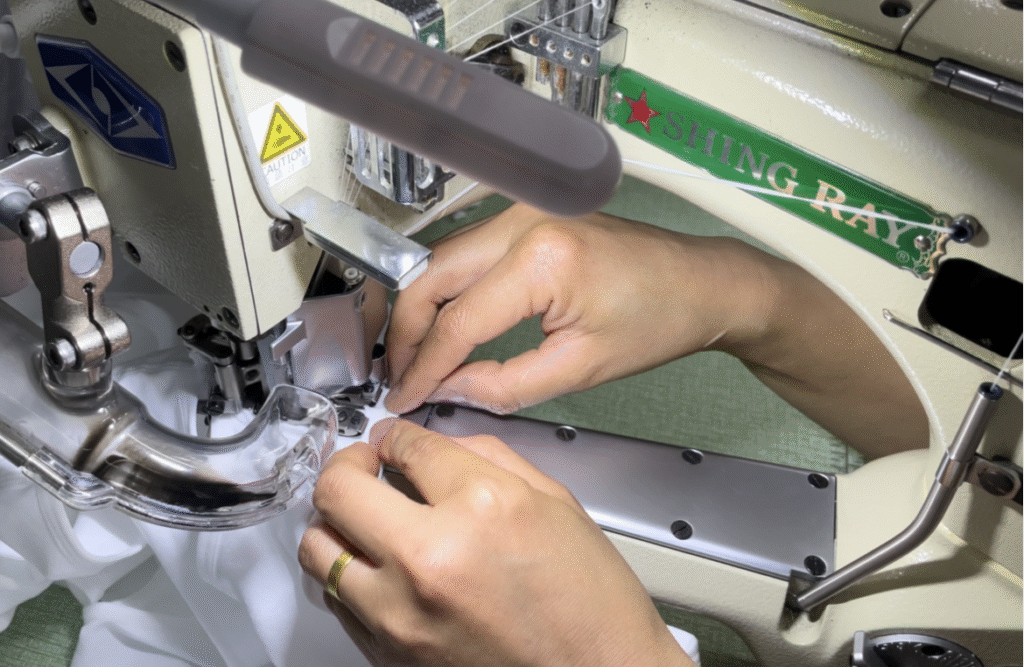
5. Future development trend of shapewear industry standard and factory’s response outlook
Changes in the industry standard of shapewear in 2025 will bring challenges as well as opportunities for the development of the industry. As the core force of the industry, the shapewear source factories can only accurately grasp the trend of standard changes, give full play to their own advantages, actively respond to the challenges, and continuously improve the quality of their products through a series of initiatives such as technological innovation, raw material control, and optimization of the production process, in order to stand out from the fierce competition in the market, lead the quality of shapewear industry, and promote the industry to sustained, healthy, and high-quality development.
